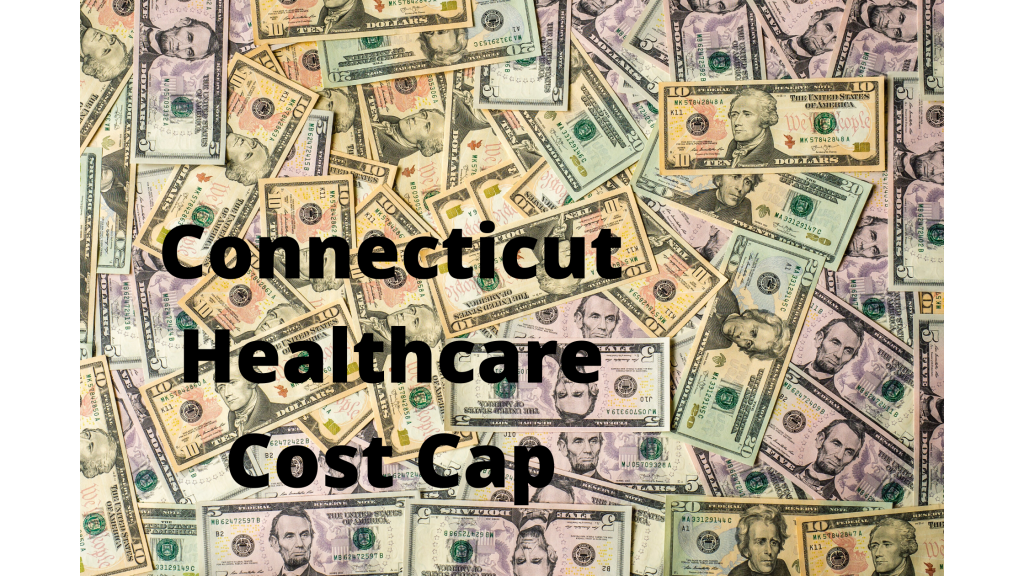Cost Cap committee considers who qualifies for increased primary care spending

In response to stakeholder feedback that the prior Cost Cap levels were unrealistic and risk unintended harm to patients, at their last meeting the Office of Health Strategy’s Cost Cap committee slightly softened the cap levels.
The committee continued their discussion of which providers qualify as primary care providers. OHS wants to significantly increase the share of total Connecticut healthcare spending on primary care, while also shrinking the total pie. Advocates are concerned this will squeeze out other critical care.
The choice of which providers qualify for the increased spending is important as the question of whether primary care physicians are underpaid is relative. The committee decided to exclude OB/GYNs, midwives, and behavioral health providers from the enhanced primary care spending calculation. Other primary care physicians will be included. Nurse practitioners and physician assistants will be included when they are practicing primary care. It was reported that 15% of women in the state employee plan use OB/GYNs as their primary care provider. There was discussion of including Planned Parenthood clinics, community health centers, and behavioral health providers who are integrated with primary care practices as well. It was mentioned that increasing the number of qualified providers will reduce the funding increase for primary care providers, and that OB/GYNs average higher salaries than other primary care physicians.
Services qualified as primary care for purposes of the spending increase include typical care such as general medical exams, office or home visits, and immunizations. Hospice care is included. Behavioral health risk assessments, screening and counseling are only included if they are provided by a primary care provider. Discussions will continue on whether to include oral health and long-term services and supports as primary care.
It was suggested that primary care capitation models will expand because of the COVID pandemic. It was also suggested that increasing funding to primary care providers will lower the total cost of care. Future Fact Check blogs will explore these issues.
The committee’s next meeting is Thursday by Zoom.

